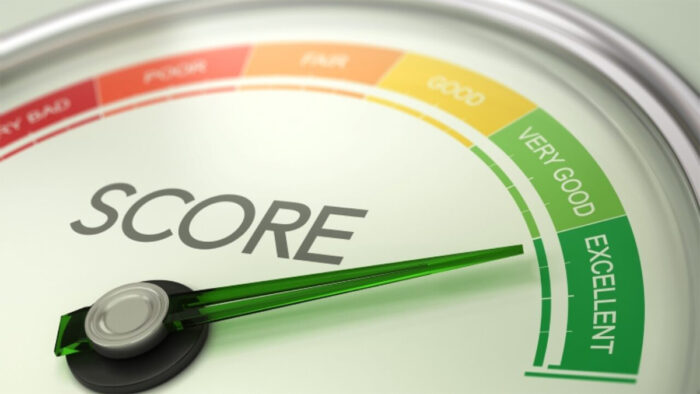An insurance company credit rating is a tool that shows how reliable and stable an insurer is with money. It is put together by an independent group that checks the financial health of insurance companies.

When buying insurance, you can look at these ratings to see how strong the company is financially. This helps make sure they’ll have the funds to cover your claim if you ever need it.
In literary terms, an insurance company credit rating is like a report card that shows how financially reliable an insurance company is. It tells you whether the company is strong enough to pay out claims when needed.
Independent agencies give these ratings after looking at the company’s financial health, so you can easily check how stable an insurer is before choosing one for your coverage.
How Does an Insurance Company Credit Rating Work?
Just as I have mentioned above, an insurance company’s credit rating shows how reliable it is with money, and it’s given by special agencies. In the U.S., these agencies can register with the Securities and Exchange Commission (SEC) as a nationally recognized statistical rating organization (NRSRO) after working for at least three years.
NRSROs don’t just rate insurance companies—they can also rate banks, bonds, government securities, and other financial groups.
To give a rating, agencies look at the insurance company’s financial reports, like their quarterly and yearly statements. They consider both short-term and long-term risks that could affect the company’s financial stability or lead to default.
Some rating agencies share this information for free on their websites, while others may charge for access. But all NRSROs must explain how they calculate their ratings and what their rating scale means on their websites. As of the year 2024, there are 10 NRSROs registered with the SEC.
What Are Insurance Company Credit Ratings Used For?
Insurance company credit ratings help people and businesses see if an insurance company is financially stable and can pay claims when needed.
The Insurance Information Institute (III) suggests checking ratings from at least two different agencies for each insurance company because they use different methods and scales.
It also advises not to rely only on the ratings shared by the insurance company itself and to review the company’s credit rating every year to stay informed.
Benefits of Insurance Company Credit Ratings
Insurance company credit ratings help people understand how likely an insurer is to pay claims and make it easier to choose a financially strong company. With these ratings, you can quickly compare the financial health of several companies without digging into complex financial reports.
Since rating agencies use different methods, it can be tricky to compare them. The key is to check if the insurer is labeled as “secure” (financially strong) or “vulnerable” (at risk).
What Are the 10 Nationally Recognized Statistical Rating Organizations (NRSROs)?
As of March 2023, there are 10 credit rating agencies in the U.S., known as nationally recognized statistical rating organizations (NRSROs). Each one evaluates insurance companies’ financial health in different ways.
Some agencies look at information directly from the insurance companies, like how they manage risks and their financial reports. Others also consider public data, reports from state regulators, and third-party sources.
Here’s a quick summary of the 10 NRSROs and how they rate insurance companies:
- M. Best Rating Services Inc.: Ranges from A++ (strongest) to D, with plus or minus adjustments for more detail.
- Fitch Ratings Inc.: Uses 24 categories from AAA (strongest) to C, with plus or minus signs for finer differences.
- Kroll Bond Rating Agency Inc. (KBRA): Starts at AAA and ends with D, using plus or minus symbols within categories.
- Moody’s Investors Service Inc.: Combines uppercase and lowercase letters, ranging from Aaa (strongest) to C, with numbers (1, 2, or 3) for more detail.
- S&P Global Ratings: Rates insurers from AAA (strongest) to D, showing financial commitment levels.
- DBRS Inc.: Ranges from AAA to C, with “(high)” or “(low)” labels added to some ratings.
- Demotech Inc.: Rates insurers from A (Exceptional) to L (Licensed), with options like A’ or A” for higher levels.
- Egan-Jones Ratings Co.: Uses AAA to D, with plus/minus signs for small differences in ratings.
- HR Ratings de México, S.A. de C.V.: Ranges from HR AAA (strongest) to HR D.
- Japan Credit Rating Agency Ltd. (JCR): Rates companies from AAA to D, with plus/minus symbols added when needed.
For more details, you can visit each rating agency’s website. In the end, an insurance company’s credit rating gives you peace of mind by showing how financially secure the company is.
It helps you make smarter choices when picking an insurer, ensuring that they’ll be able to pay your claim if something goes wrong. By checking these ratings, you can feel confident that you’re choosing a reliable company to protect what matters most.



